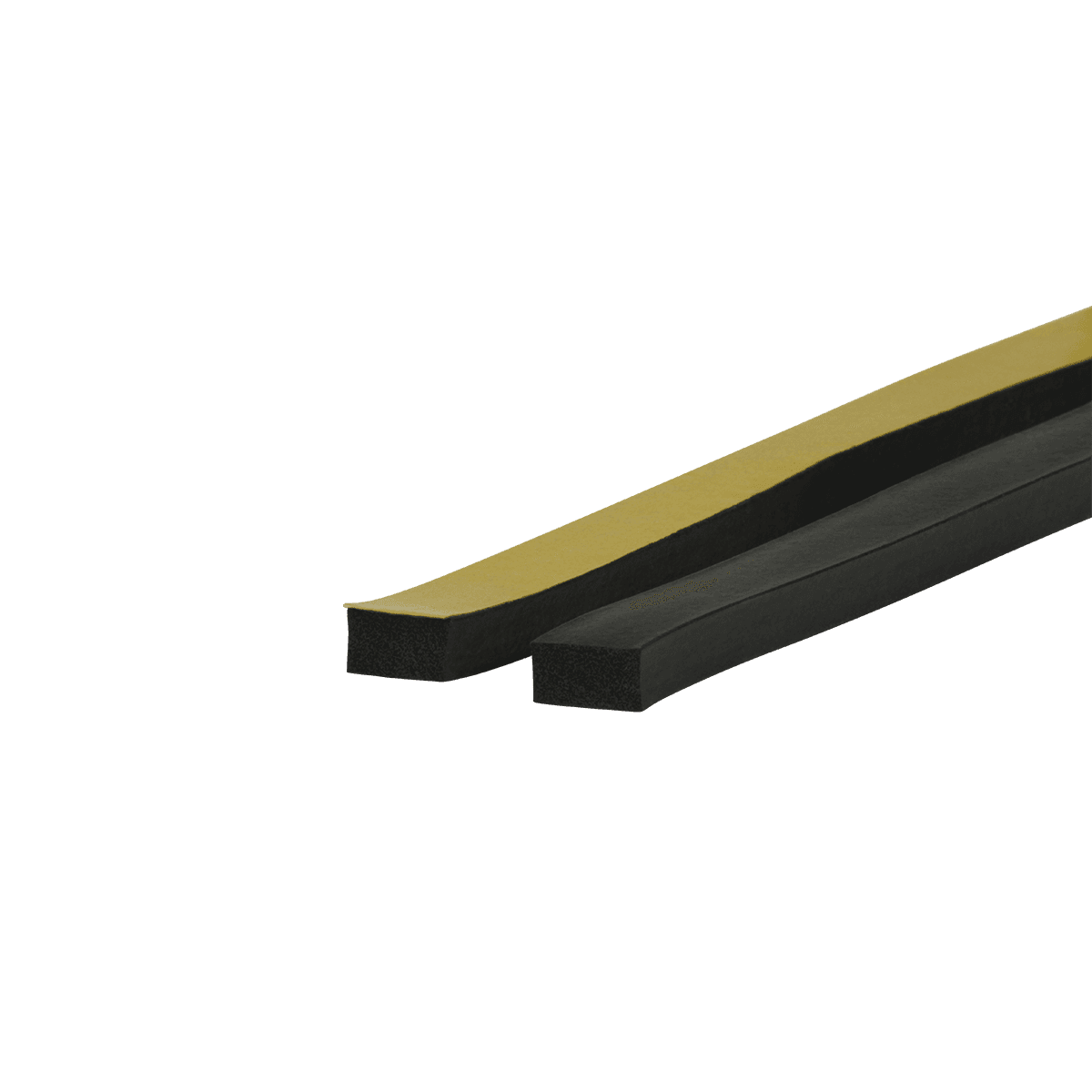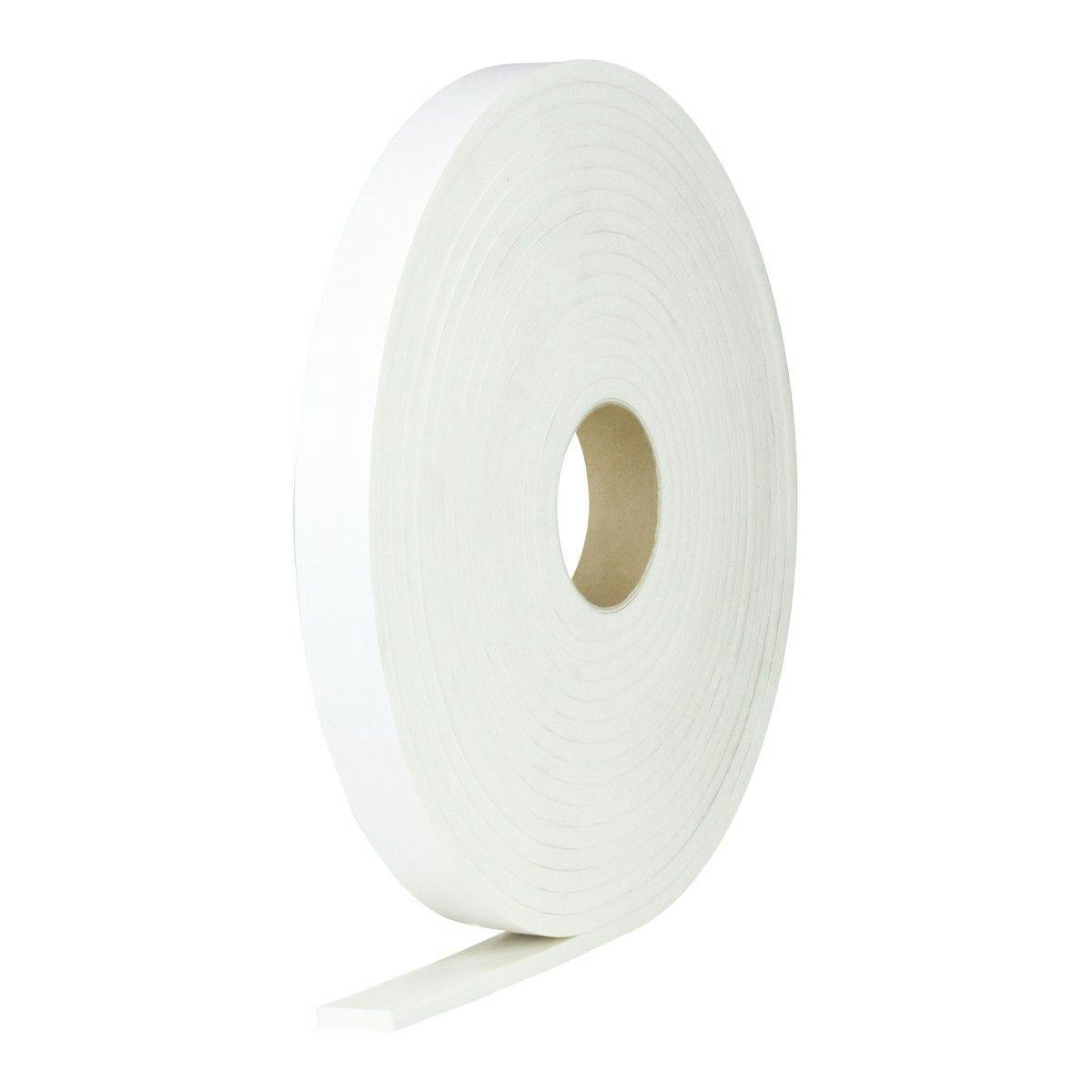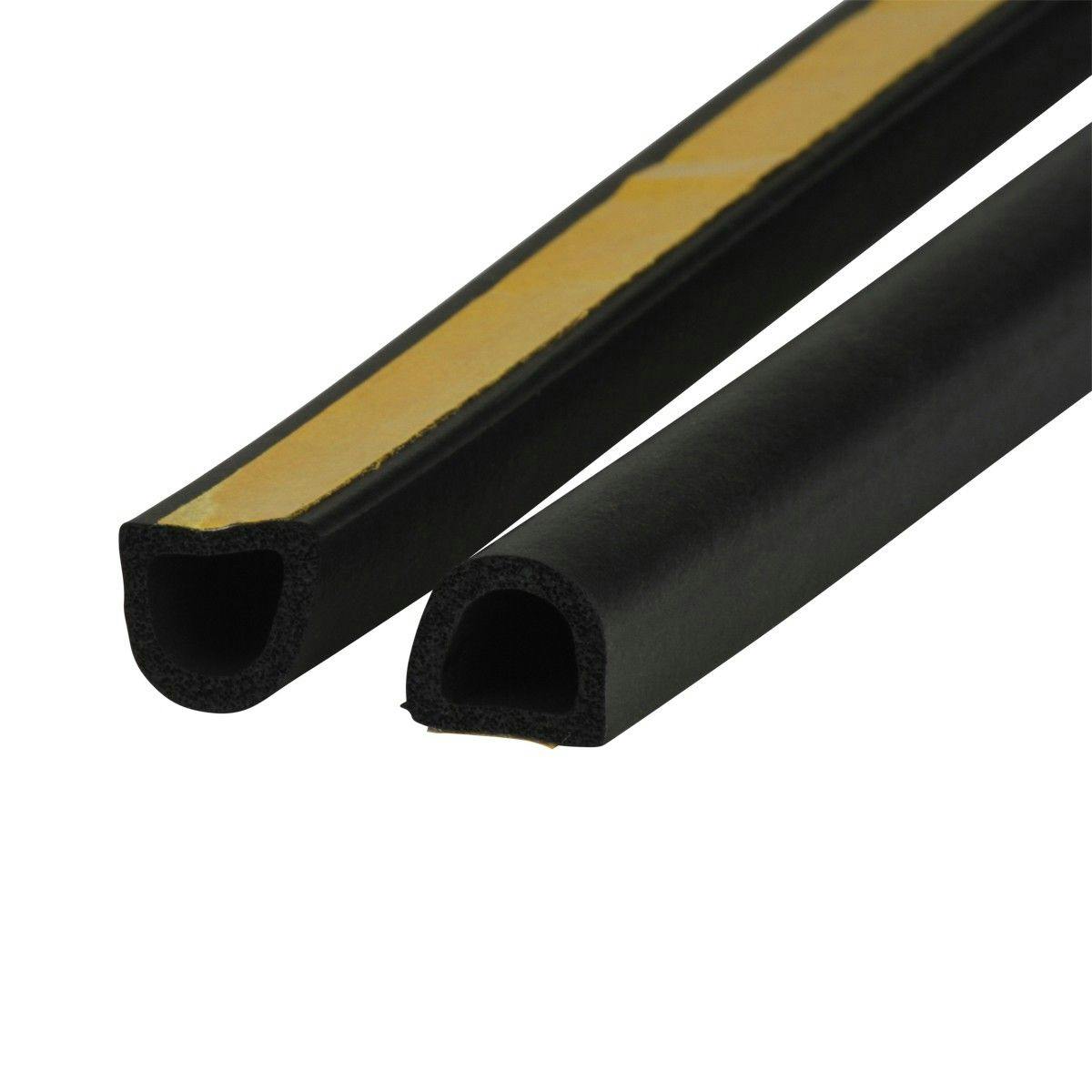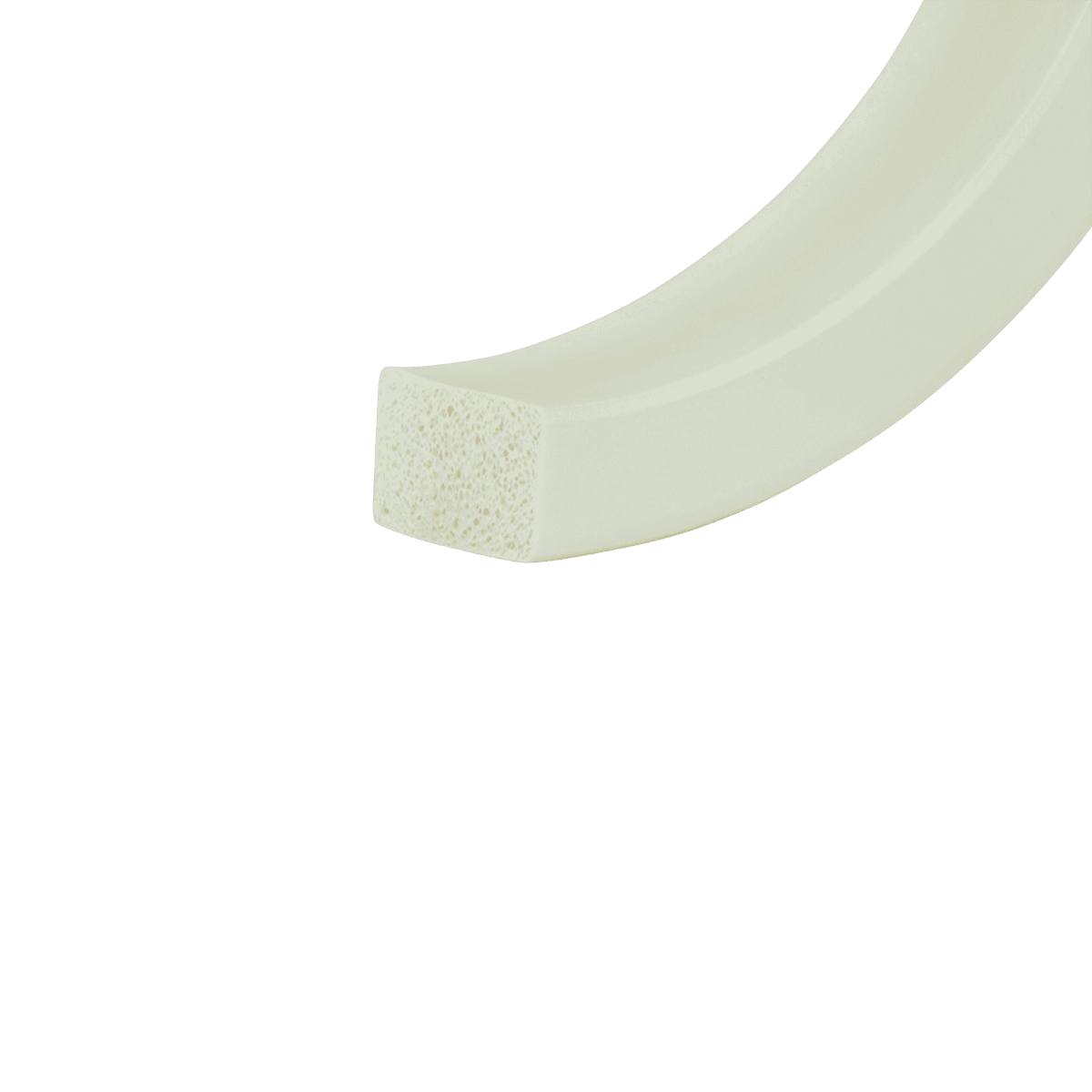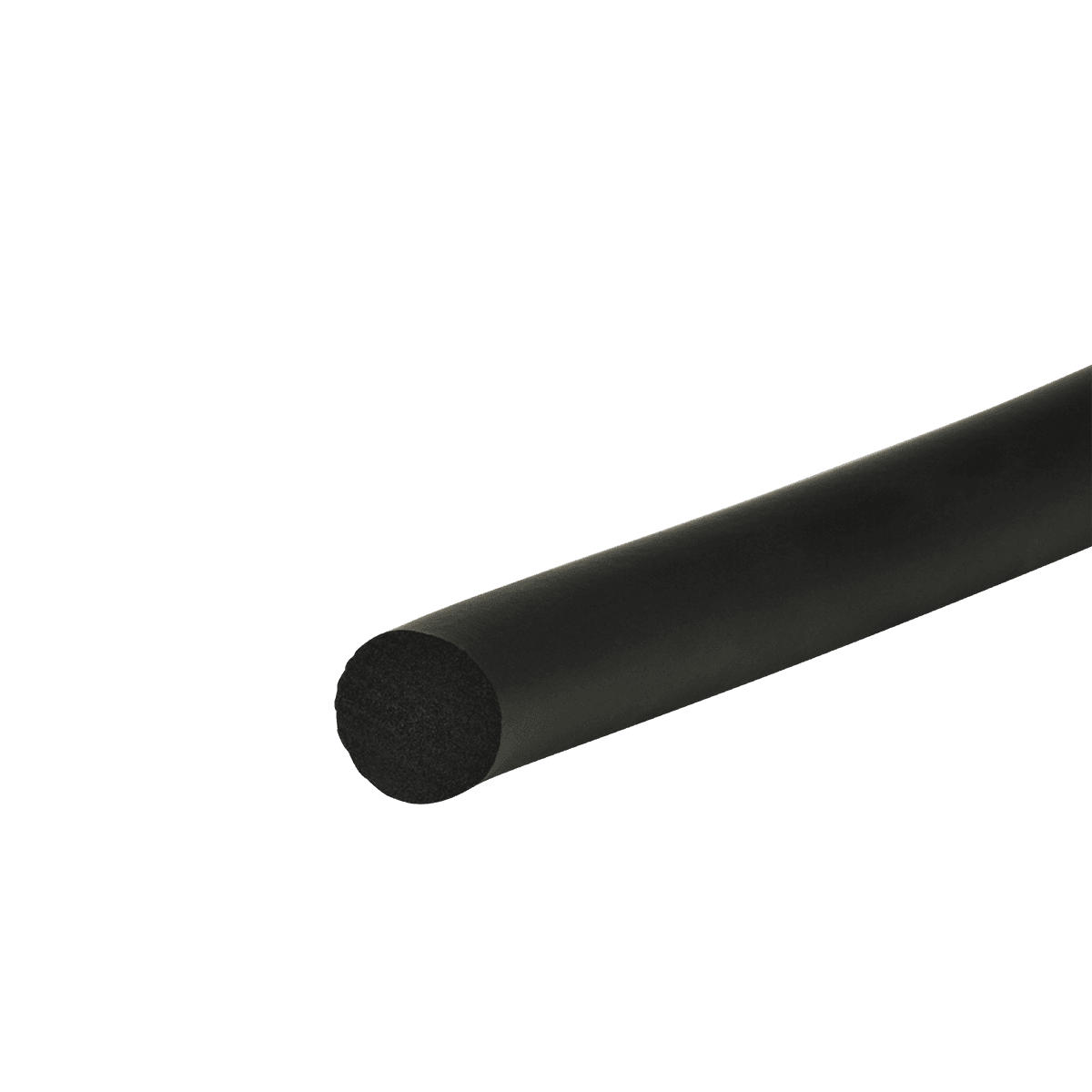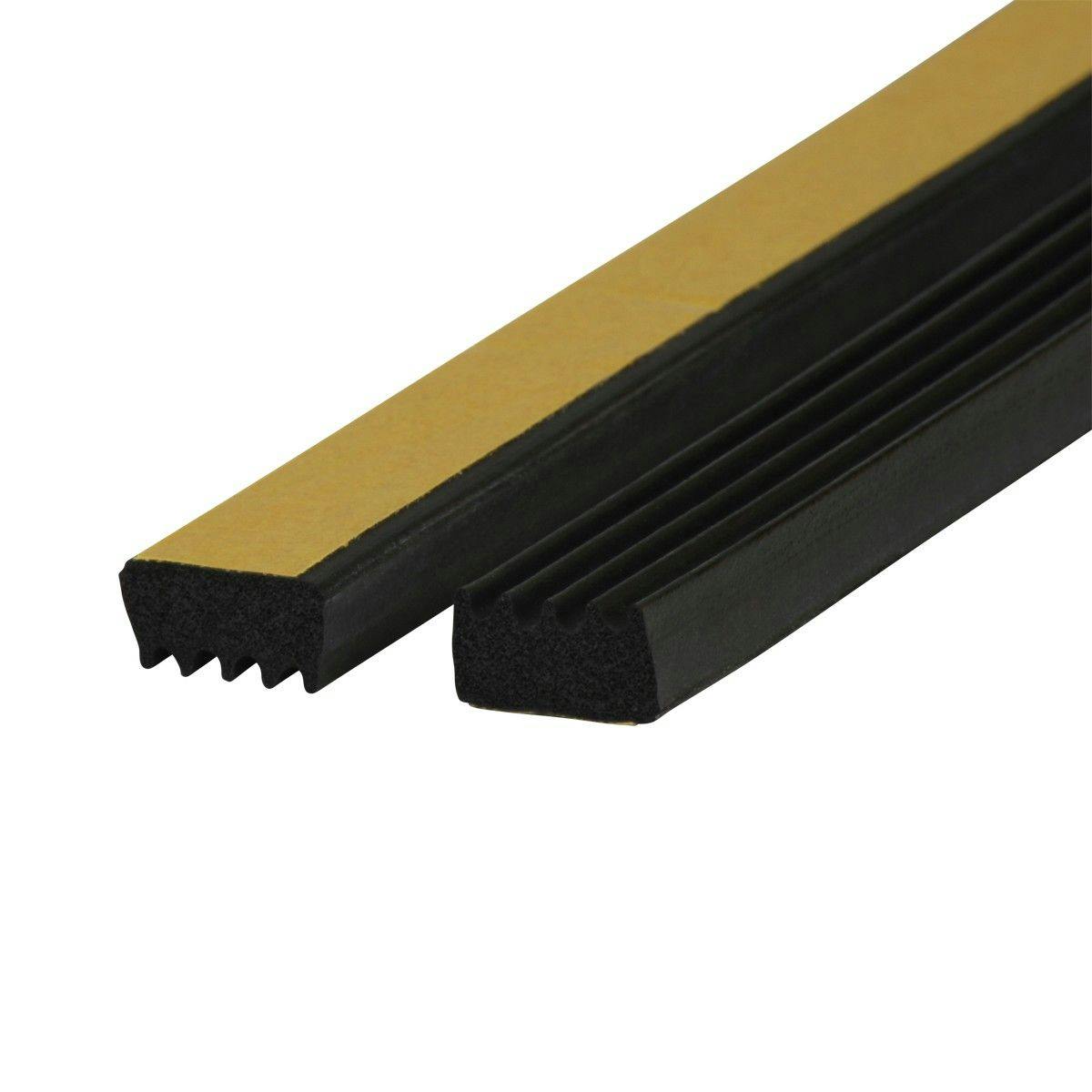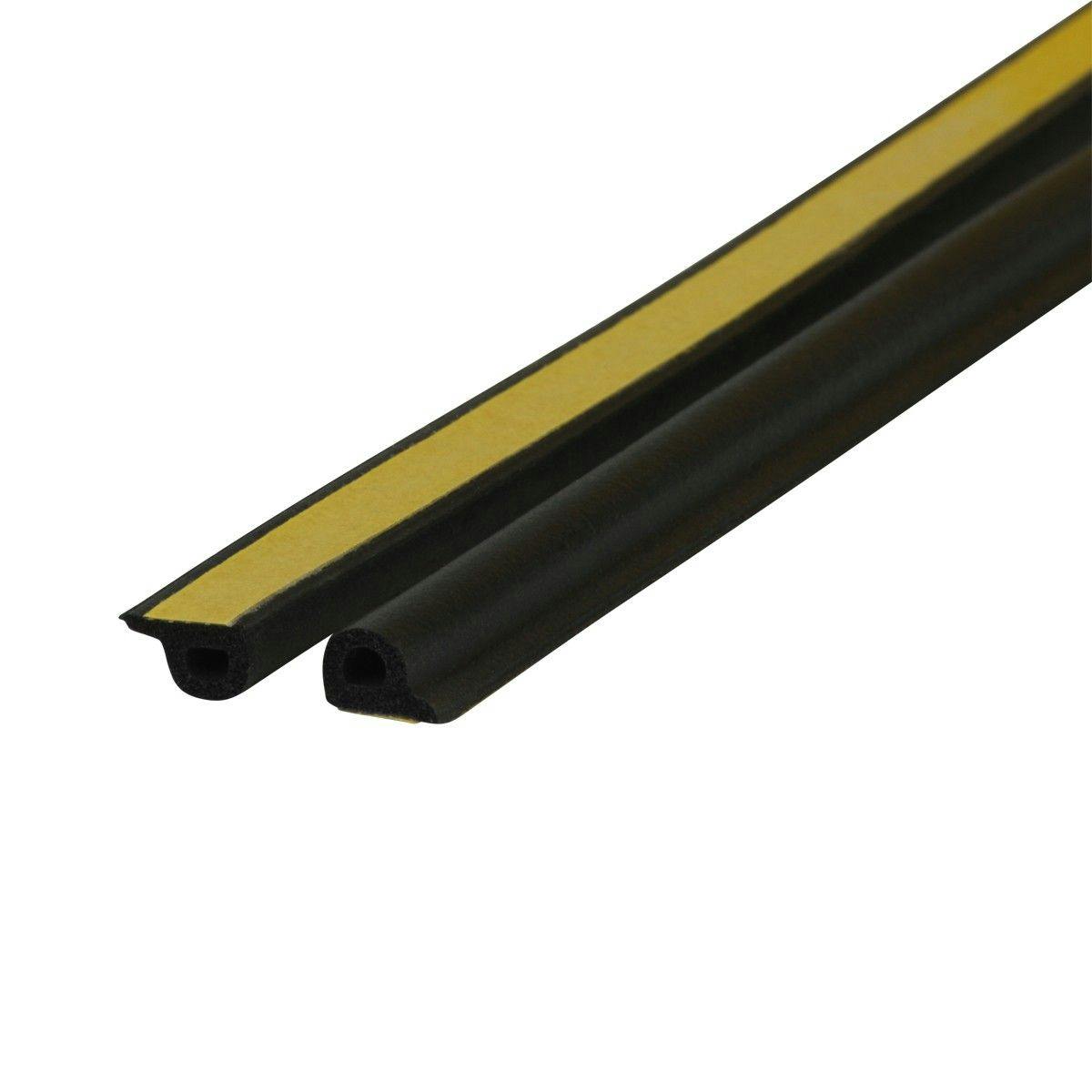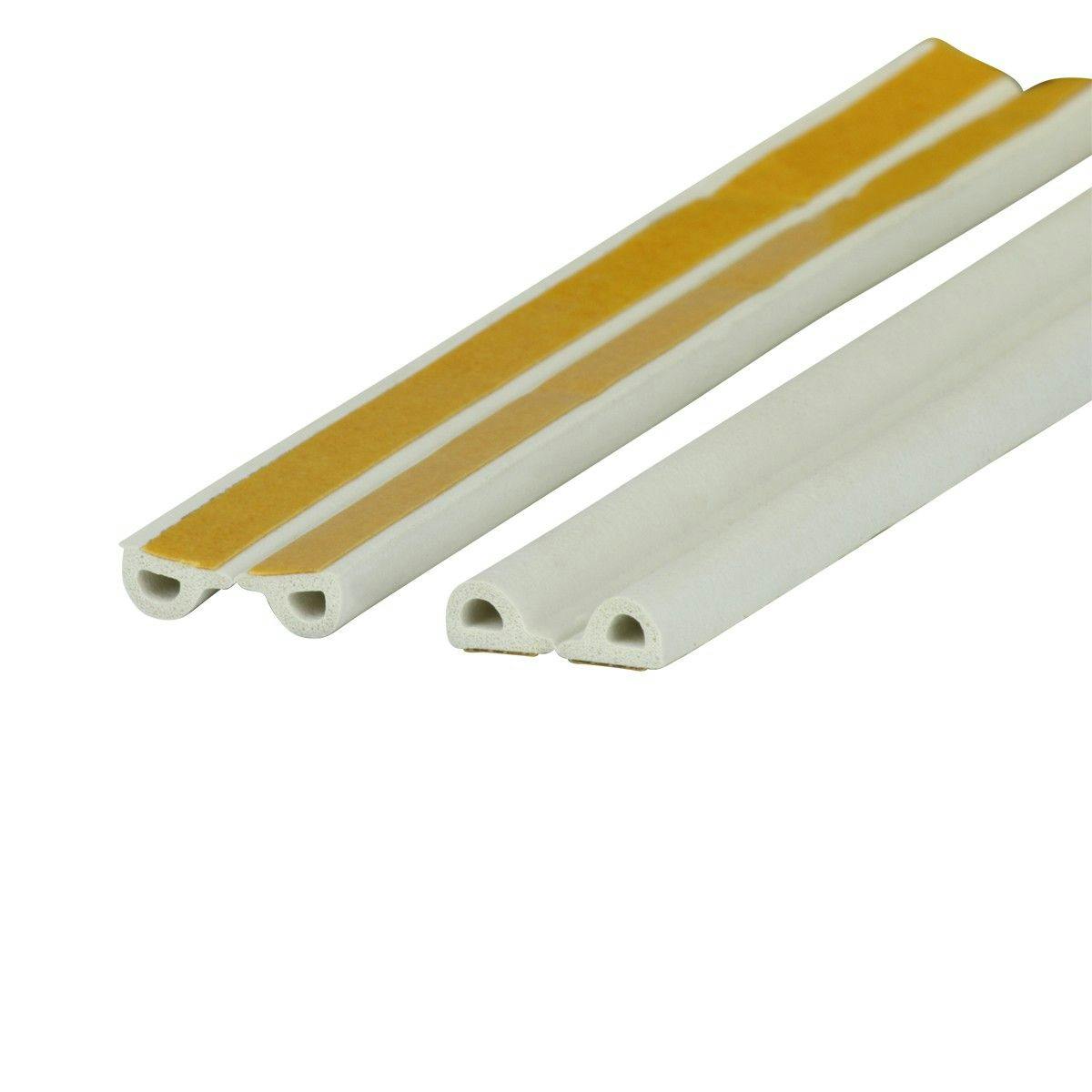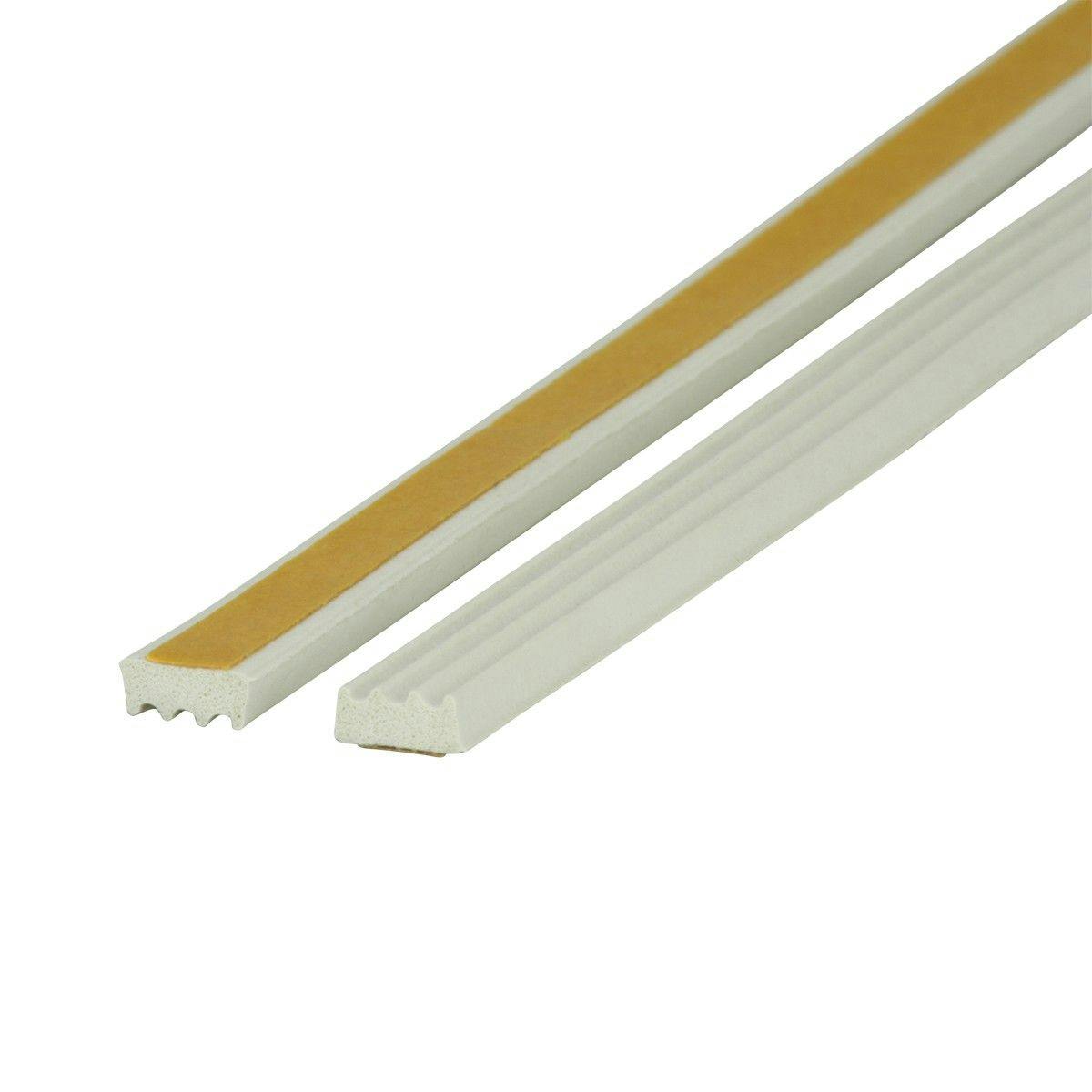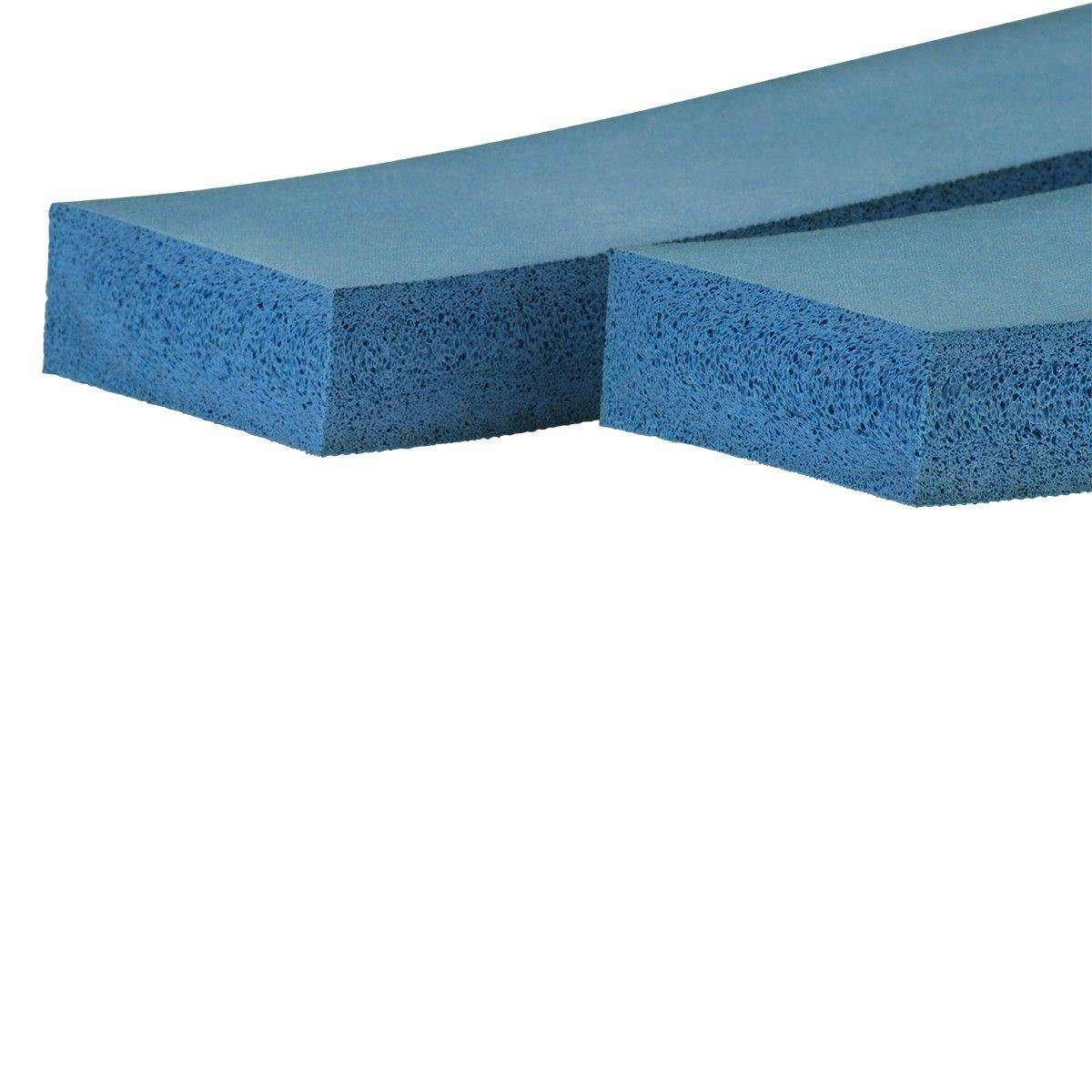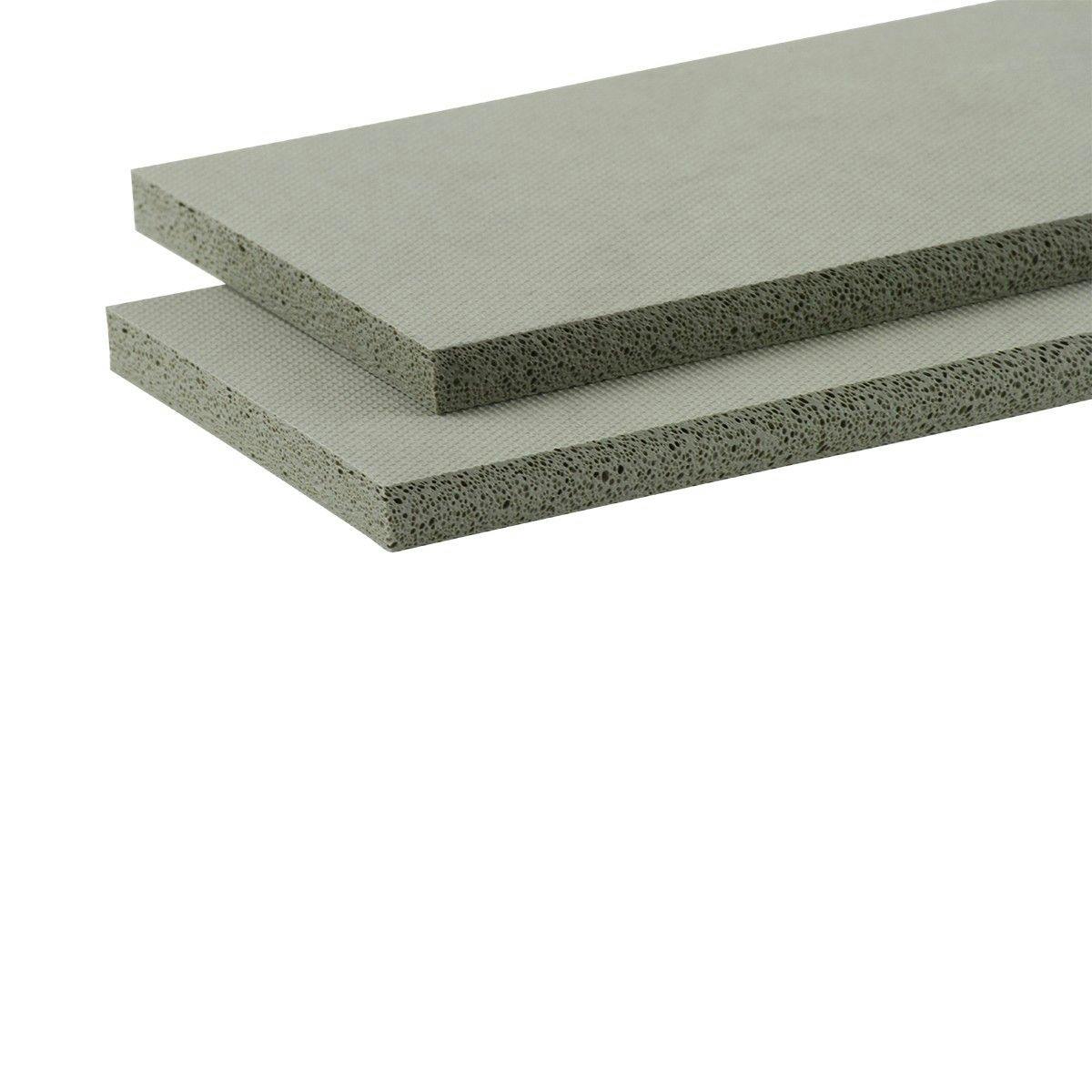Refine your selection:
Selecting multiple choices is possible
Sponge rubber comes with a skin around the material. It has good mechanical properties and is frequently used in seals that come into contact with water. We produce sponge rubber made from four different raw materials: EPDM, silicone, neoprene and NR.
Selecting multiple choices is possible
Refine your selection:
Selecting multiple choices is possible
Sponge rubber differs from foam rubber in that a skin forms around the spongy material. This skin arises from the extrusion process, a technique in which a deformable material – one of the raw materials in this case – is squeezed through a mould. Apart from the skin, this material strongly resembles foam rubber. By contrast, however, it is an open cell material with a closed skin around it, and is produced in rolls or profiles. Depending on the type of profile you require, EKI can supply these without adhesive or with self-adhesive on one side. Sponge rubber is a little heavier in weight than closed cell foam rubber and shares some of its mechanical properties, such as the ability to readily return to its original shape after compression. Many common applications include seals for windows, shutters and doors. The skin means that this material is also better resistant to water, as the skin prevents water entering the open cells. Sponge rubber can be supplied in black, grey or white.
Sponge rubber is primarily made from four different raw materials: EPDM, silicone, neoprene (also known as CR (chloroprene)) and NR (natural rubber). Because these four materials vary so widely in their properties, it is very important to choose the correct raw material; this will ensure that you find a durable solution for your application.
EPDM sponge displays little or no moss formation due to its skin, making it very suitable for applications involving a lot of contact with water. It is also often used for air seals at high air pressures. EPDM sponge is available in a variety of shapes and sizes, both with and without self-adhesive surfaces.
Silicone foam is often used for applications involving high temperatures, from 200 to 230°C. Certain types of silicon sponge rubber are also suitable for contact with food, and accordingly satisfy the FDA standard. A striking feature of this type is that it comes in a standard ivory white colour.
Neoprene sponge is used by EKI to create two types of profile: round and square. A special feature of neoprene is its excellent flame retardant properties and its greater oil resistance compared to the other types.
NR sponge has the best mechanical properties of all the sponge rubbers and retains its shape the best, including after multiple compressions. The disadvantage of natural rubber is that it is less resistant to the effects of UV radiation and ozone.
Nijmegen-based manufacturer EKI can supply you with products such as high-quality sponge rubber sheets, tape and profiles, in both standard and custom sizes. The items we produce from our materials are extremely durable and can be delivered both in bulk and in small quantities. Regardless of the size of the purchase, we can deliver our products quickly throughout Europe. If you have specific requirements or questions about our products or their technical specifications, please contact us via +31(0)243773378 or info@eki.nl.
